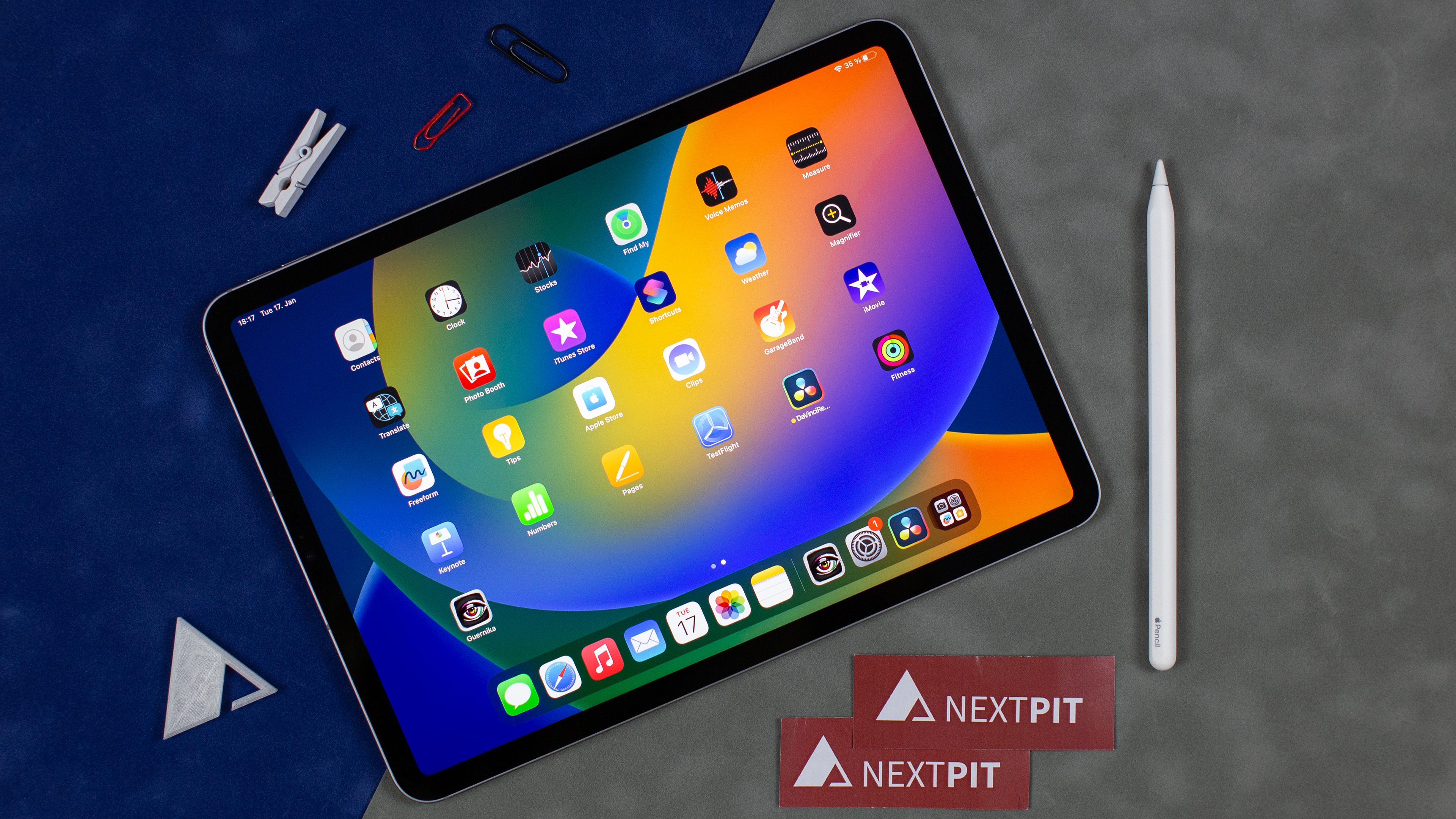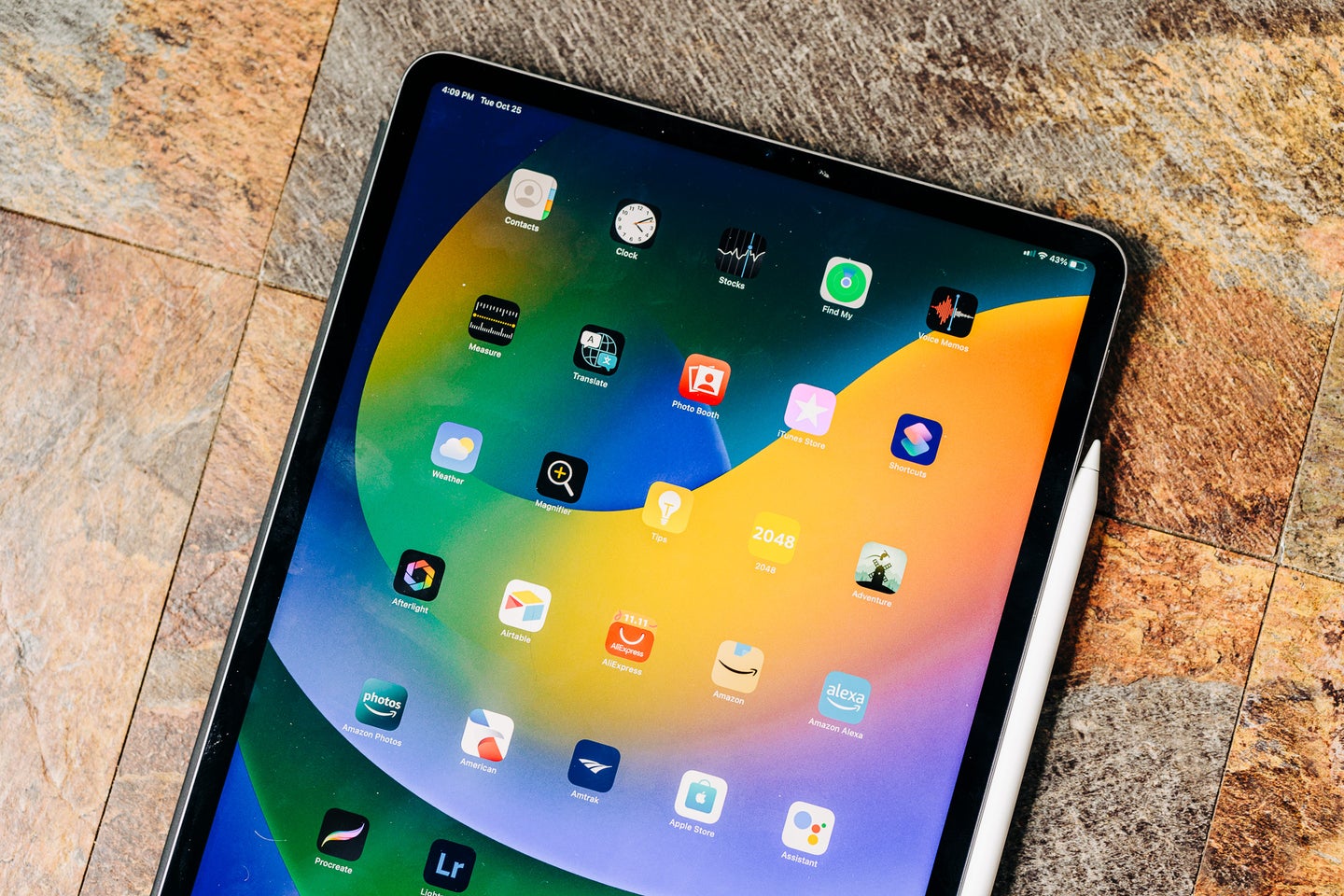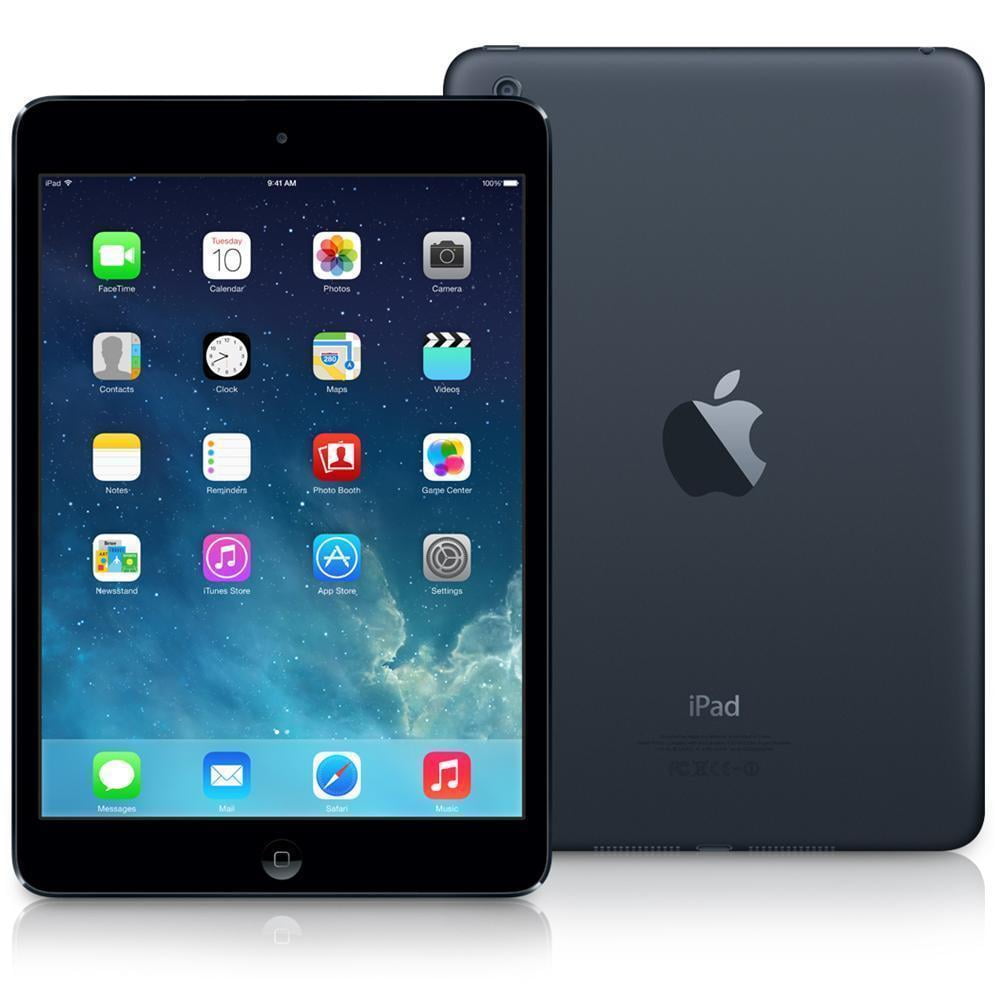Picking a new portable device can feel a bit like choosing a favorite flavor of ice cream, so many options, and each one promises something special. When you are looking at something to hold in your hands, something that lets you watch videos, read, or get some work done, two big names often pop up in conversation: the iPad and, well, other tablets. People often wonder what truly sets them apart, or if there is really much of a difference at all.
It is almost as if one has a very famous family name, while the others are part of a very large, diverse community. Both types of devices aim to provide a convenient screen for your activities, whether that is for leisure or for getting tasks done. Yet, they approach this goal in ways that can feel quite distinct, offering experiences that might suit different sorts of people or different daily routines.
This discussion is about trying to figure out what makes an iPad an iPad, and what makes a tablet, just a tablet. We will look at what makes each kind of device tick, how they handle the little things, and what you might think about when it is time to make a decision. It is really about finding the right fit for your own personal needs and how you like to use your tech, you know?
- Is Jojo Siwa Alive The Truth Behind The Rumors
- Sheldon Bream A Comprehensive Look At The Life And Career Of A Remarkable Individual
- Mike Wolfe Death A Comprehensive Look At His Life And Legacy
- Did Frank Fritz Pass Away On American Pickers A Comprehensive Overview
- What Happened To Frank Fritz From American Pickers
Table of Contents
- What Makes an iPad Different From Other Tablets?
- Are iPads Always the Better Choice for Longevity?
- What About Getting Things Started and Keeping Them Running?
- Is Price the Only Big Factor When Choosing an iPad vs Tablets?
What Makes an iPad Different From Other Tablets?
When you put an iPad next to a tablet from a different maker, the first thing you might notice is that they both have screens and they both let you touch them to make things happen. But underneath that shiny surface, there are some pretty big differences, especially when we talk about the brains of the operation. One big area where the iPad sets itself apart from other tablets is in its operating system, which is the core set of programs that makes the device work. This really shapes how you use the device and what it feels like to interact with it, you know?
The Software Story - iPadOS Versus Android
iPads run on something called iPadOS. This is a system that is built specifically for these devices, and it is a bit like a cousin to the software that runs on their phones. It is known for being pretty straightforward to use, with a look and feel that many people find familiar. You typically get regular updates that bring new features and keep things running smoothly for a good while. For example, some models, like a 2018 iPad, can still receive current software updates, which means they stay useful for longer, which is nice. Other tablets, on the other hand, often run on Android, which is a system that lots of different companies use. Because so many different devices use Android, the experience can vary quite a lot from one tablet to another. Some Android tablets might get updates for a long time, while others might stop getting them sooner. This difference in how the software is handled is a pretty big deal when you are thinking about how long you want to keep your device feeling fresh and capable, you know?
How Do They Handle Daily Life and Little Glitches?
Every piece of technology, no matter how well made, can have its moments where it just does not want to cooperate. This is where the way a device is set up to deal with these little issues really matters, especially when comparing an iPad versus tablets from other makers. For instance, if an iPad suddenly stops responding, or if it feels a bit stuck, there is a way to give it a quick jolt back to life. You can typically press and hold a couple of buttons, and then when a certain symbol shows up, you let go. This often helps it get back to normal. It is a bit like giving it a gentle nudge. Sometimes, if an iPad's energy supply runs out, and it shows a red symbol or a blank screen when you try to give it power, it can take a bit of effort to get it going again. Someone I know had an older iPad, a 2018 12.9-inch model, that had its energy completely gone and would not take a charge, showing just a flashing red symbol. It took a full day to sort that out, which is pretty frustrating, to be honest. Other tablets also have their own ways of dealing with these sorts of issues, but the specific steps can be very different depending on who made the device. It is about how easily you can troubleshoot common problems, which is a big part of the user experience, really.
- Sylvester Stallone Hairstyle A Timeless Classic That Defines Action Hero Elegance
- Frank Fritz Is He Still Alive
- How Old Is Frank From American Pickers A Deep Dive Into His Life And Career
- Frank Fritz Passing A Tribute To The Iconic Reality Star
- Unveiling The Truth Behind Livvy Dunnes Leaked Content
Are iPads Always the Better Choice for Longevity?
People often talk about how long an iPad will last compared to other tablets. It is a common idea that iPads tend to have a longer useful life, staying current with software updates and performing well for more years. This is a pretty important point for many people, as nobody wants to buy something only for it to feel old and slow after a short time. The ability to keep getting the latest system updates is a big part of this perception, as it means your device can still run newer applications and benefit from security improvements. This is something that really sets the iPad experience apart from other tablets, in some respects.
Device Lifespan and Keeping Things Current
When you think about how long a device will serve you well, it is not just about how long it physically holds together. It is also about how long the company that made it continues to support it with new software. As an example, a complete list of iPads shows that even older models from a few years back can still run fairly recent versions of iPadOS. This means that a device bought in, say, 2018, might still be able to handle many of the applications and features that newer devices can. This continued support helps keep the device feeling capable and secure. With other tablets, the story can be a little more varied. Some manufacturers are quite good about providing updates for several years, while others might only offer them for a shorter period. This can mean that an Android tablet, even if it is physically fine, might start to feel outdated sooner because it cannot run the latest software or access newer features. So, in a way, the long-term software support is a big part of the value proposition when you consider an iPad versus tablets from other brands.
What About Getting Things Started and Keeping Them Running?
Getting a new device up and running can sometimes be a little bit of a process. Whether it is an iPad or another kind of tablet, there are usually some steps you need to go through to make it truly yours. This includes getting it connected, setting up your accounts, and making sure all the software is current. The way these initial steps are handled, and how easy it is to keep the device functioning well over time, can really shape your overall experience. It is about how smooth the beginning is, and how simple it is to fix things if they go a bit wrong, you know?
Connecting Your Device and Getting Back on Track
When you get a new iPad, or if you are trying to sort out an issue with an existing one, connecting it to a computer might be part of the process. For an iPad, you might use a cable to hook it up to a Mac or a PC. Then, you would open a specific application, like the one for managing media, and look for a button that looks like an iPad. Clicking on that often brings up a summary of the device's information, which can be useful. This connection can be important for things like getting the latest software or, sometimes, for troubleshooting. For example, if an iPad is stuck during its start-up process, or if it just will not turn on after trying the button method, connecting it to a computer and checking the support information might be the next step. When setting up a new iPad, it is typically suggested to let it complete its initial setup and software update without trying to move old information or restore a previous save file right away. This helps ensure a clean start, which can prevent little hiccups. Other tablets have their own ways of connecting to computers and their own setup routines, which can be quite different. Some might be more open to dragging and dropping files directly, while others might require specific programs. This difference in how you manage the device and its content is a pretty key point when thinking about an iPad versus tablets, especially if you have a specific way you like to handle your digital belongings.
Is Price the Only Big Factor When Choosing an iPad vs Tablets?
It is often the case that when people think about getting a new piece of technology, the amount of money it costs is one of the very first things that comes to mind. And it is true, iPads generally have a reputation for being on the more expensive side compared to many other tablets out there. You can often find Android tablets that cost a lot less, which can be very appealing, especially if you are on a tight budget. But is the price tag the only thing that should guide your decision? Or are there other, less obvious things that might make one choice a better fit for you in the long run, even if it costs a bit more upfront? This is a pretty common question when people are weighing an iPad versus tablets from other companies.
While the initial cost is definitely something to consider, it is also worth thinking about what you get for that money. For instance, with an iPad, you are often getting a device that is known for its strong build, its ease of use, and the promise of longer-term software updates. This can mean that while you might spend a little more at the beginning, the device might serve you well for more years, potentially making it a better value over time. Other tablets, while often more budget-friendly, might not offer the same length of software support or the same level of performance over several years. So, a cheaper tablet might need replacing sooner, which could add up in the long run. It is also about the whole experience, you know? The quality of the screen, how well applications run, and how smoothly everything works together are all things that contribute to how much you enjoy using your device every day. Sometimes, paying a little more upfront for a smoother, more dependable experience can actually save you frustration, and perhaps even money, down the road. It is not always about the lowest number on the price tag, but what that number actually gets you in terms of overall satisfaction and longevity.
Related Resources:



Detail Author:
- Name : Carmela Batz
- Username : antonette.treutel
- Email : myron19@watsica.com
- Birthdate : 1993-12-21
- Address : 3717 Ines Pass Apt. 022 North Broderick, OR 63355
- Phone : +1-463-734-4194
- Company : Moen-Pfeffer
- Job : Telecommunications Equipment Installer
- Bio : Dolores facere veniam ullam. Mollitia aut voluptatibus sequi maxime. Dolores accusamus similique qui sunt excepturi et.
Socials
linkedin:
- url : https://linkedin.com/in/brielle.swift
- username : brielle.swift
- bio : Dolorum non voluptatem corrupti inventore.
- followers : 634
- following : 999
twitter:
- url : https://twitter.com/swift2016
- username : swift2016
- bio : Pariatur culpa inventore officiis non non et culpa. Cumque consequatur corporis vitae quia reprehenderit reiciendis.
- followers : 5579
- following : 1036
tiktok:
- url : https://tiktok.com/@swift1981
- username : swift1981
- bio : Dolores qui nemo consequatur vitae. Earum sint id nostrum accusantium libero.
- followers : 4694
- following : 1589
facebook:
- url : https://facebook.com/brielleswift
- username : brielleswift
- bio : Beatae doloremque praesentium quasi. Eos ipsum et error et iste aspernatur.
- followers : 3296
- following : 99
instagram:
- url : https://instagram.com/bswift
- username : bswift
- bio : Dolor perspiciatis et beatae qui. Et asperiores aliquid voluptates omnis quia blanditiis.
- followers : 1747
- following : 674